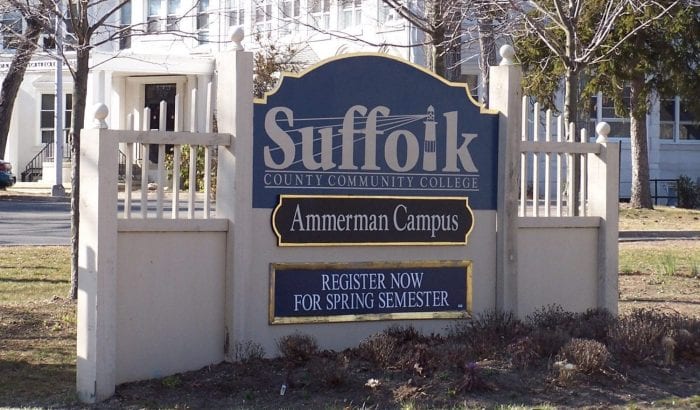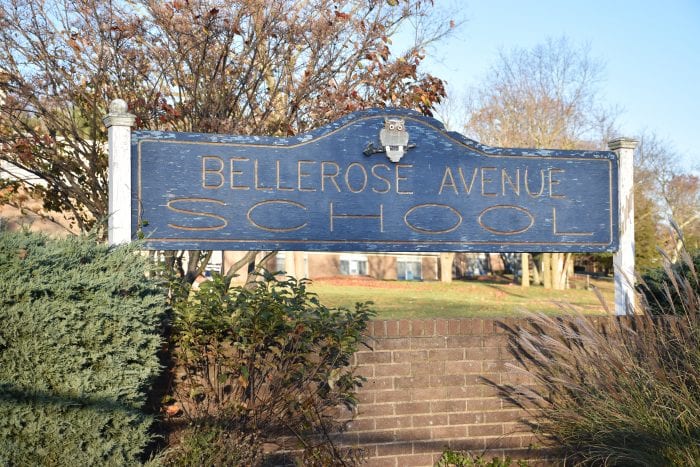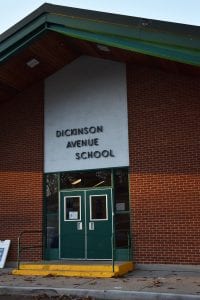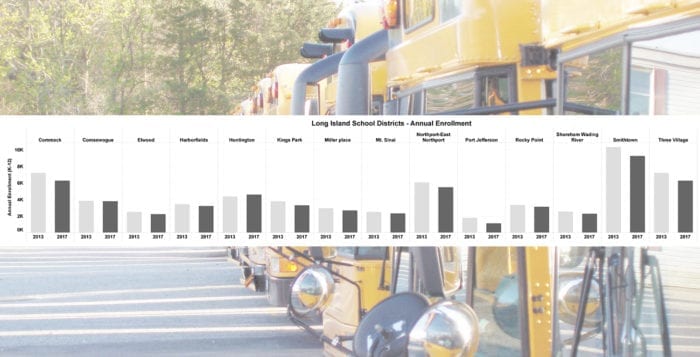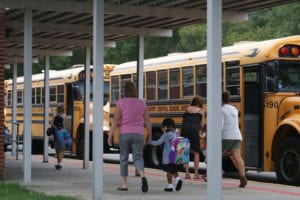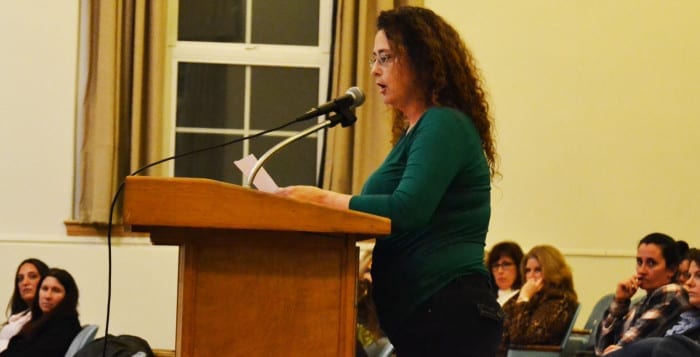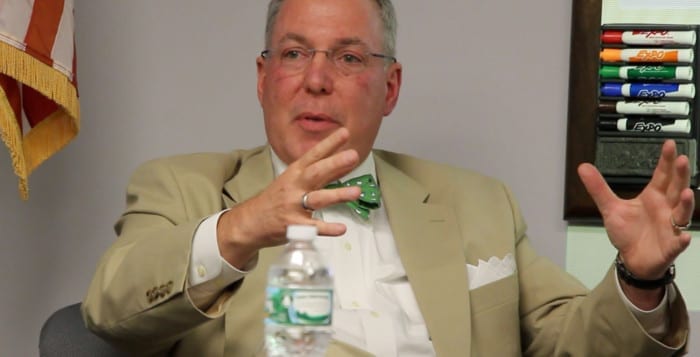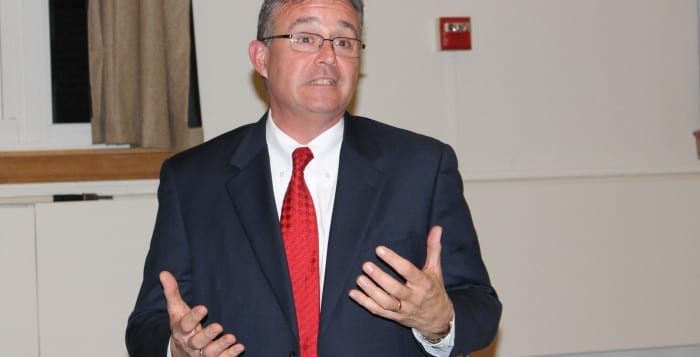For the first time in nearly five years Suffolk County Community College is experiencing an enrollment increase, due in part to an increase in the number of students returning to the college from the fall 2022 to spring 2023 semesters, according to preliminary census data reported today to SUNY administration.
“Suffolk offers not only the lowest college tuition on Long Island but also an engaging and supportive on-campus environment that welcomes every student,” said Suffolk County Community College President Dr. Edward Bonahue. “By focusing on what students need from their college experience — whether it’s transfer to a bachelor’s degree or career-facing opportunities — our faculty and staff are committed to helping students achieve their goals.”
“We also know that many of our students balance college courses with work and family obligations, and we want to do everything we can to offer flexible options that meet their needs,” Bonahue said. MicroMesters are a great way to earn credits in a compressed time frame, he said.
“There are two 7.5-week MicroMesters within a traditional 15-week semester. MicroMester classes are faster-paced, meet more often and may appeal to recent high school graduates who are accustomed to attending classes five days per week and completing daily assignments in a shorter time frame,” Bonahue explained.
“Community College state funding is tied to enrollment” said College Board of Trustees Chair E. Christopher Murray. “Enrollment increases our revenue and fees as well as New York State’s contribution to our College,” he said. “Over the last 18 months, the college has made a focus on the students’ experience its highest priority, has expanded outreach to Hispanic students and families with bilingual marketing materials, and has raised the visibility of career-facing programs and short-term workforce certificates and the college is now seeing the benefits in terms of growth.”
“At Suffolk, there are signs of a promising enrollment recovery, particularly with the number of first-time students enrolling at the college and students who are continuing their studies at Suffolk,” said Suffolk’s Interim Vice President for Planning and Institutional Effectiveness Kaliah Greene. “This mid-semester snapshot shows enrollment increases at every campus and in nearly every student category, including new students, continuing students, and transfer students.” The college also expects to report increases in the number of high school and non-credit workforce students being served.
According to institutional enrollment data, year-over-year spring enrollment grew by nearly three percent or 367 students, from 13,982 to 14,349 students. The college’s full-time equivalent, a measurement that converts all enrollment into a common standard, also increased one percent.
“The real story is the shift in persistence of students we’re seeing,” said Vice President for Student Affairs Dr. Patricia Munsch. “More students chose to continue their studies from the fall ’22 semester to the spring ’23 semester as compared to last year.” Nationally, retention and persistence are indicators of whether students will progress and ultimately complete their college education. “The entire college is focused on engaging students in ways that encourage their persistence, and we are working hard to extend this enrollment momentum into the fall and next spring.”
“The increase in enrollment we’re seeing right now is a credit to our employees,” added Bonahue. “Every single employee, every office in the college is committed to serving our students, and the enrollment increase we’re now seeing shows how we’re focused on that mission every day.”

